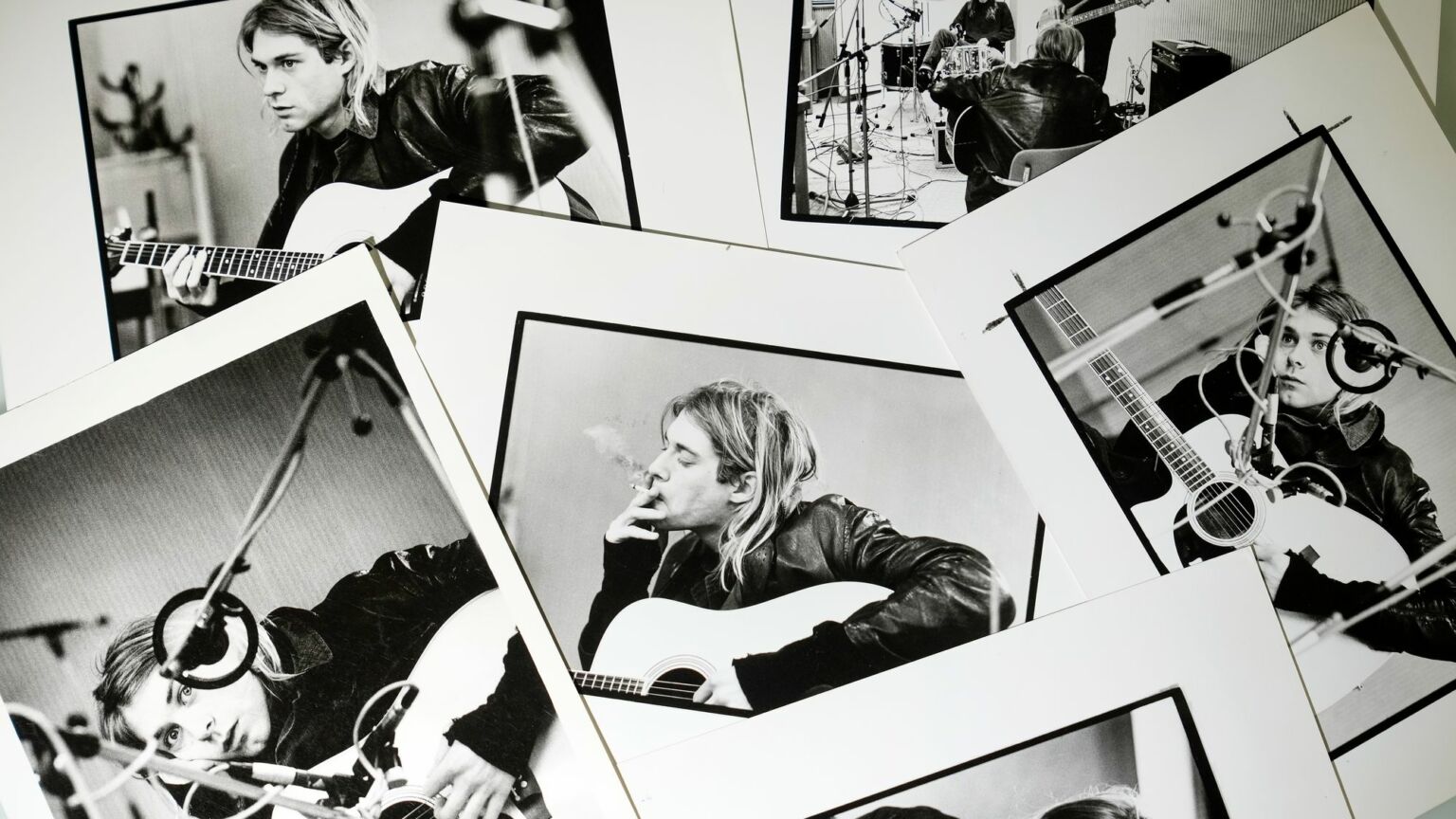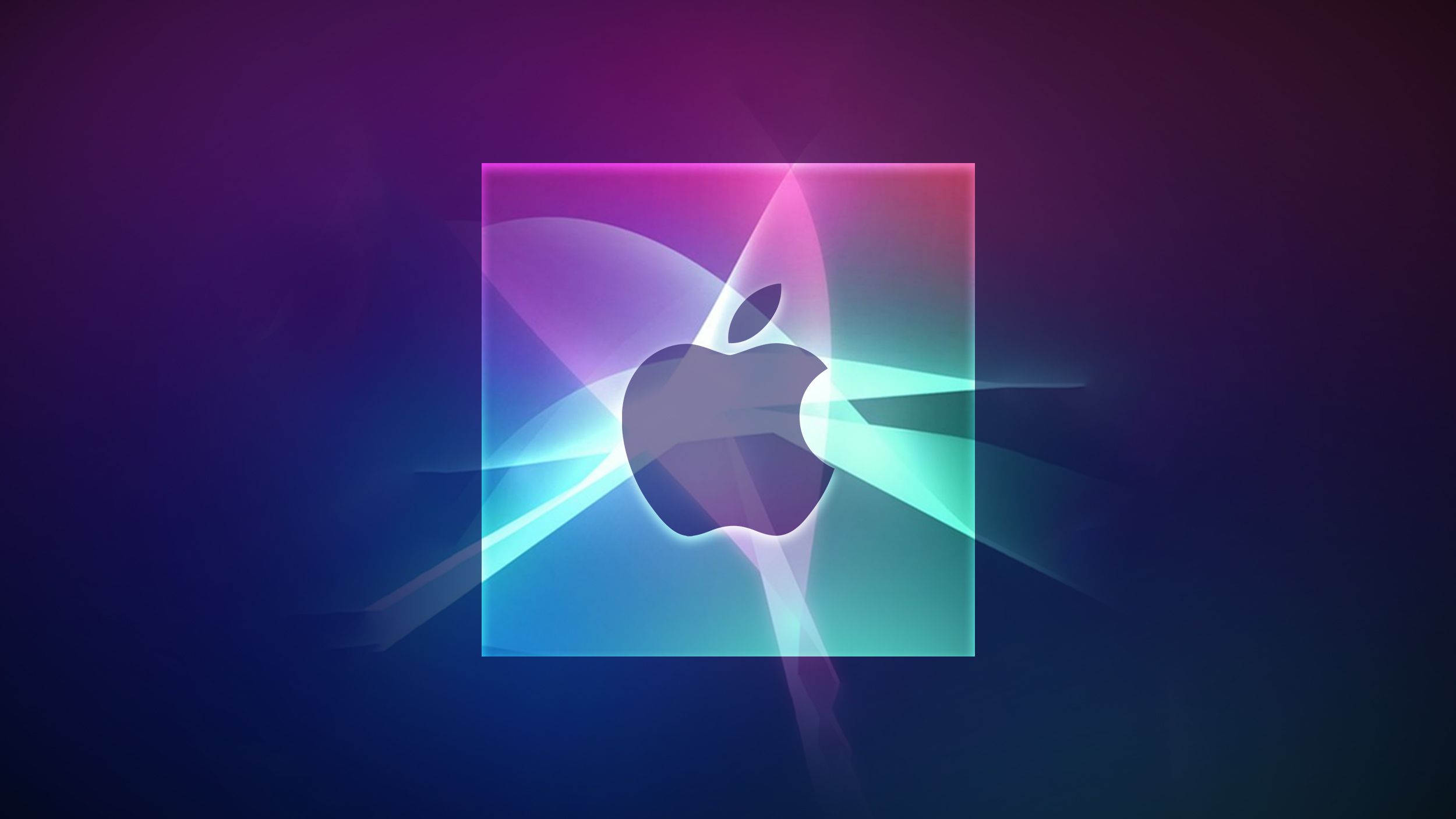There exists a common psychological phenomenon called the ‘telescoping effect’. This is when people remember events as being more recent than they actually were. The first Star Wars movie, for example, is actually closer to the Great Depression than to 2024. These kinds of realisations can feel bewildering and counterintuitive. On some level, your mind refuses to accept them.
But accept it we must, my fellow grunge fans and Generation Xers: Nirvana’s Kurt Cobain died 30 years ago today (his body wasn’t found until three days later, on 8 April). Three whole decades ago. That places his demise closer to Muhammad Ali’s legendary fight with Sonny Liston than the present day. It means that we who were once young and cool, full of Cobain-esque ‘teenage angst’, are now bored and old. Once the future, we’re now the past. Or almost, anyway.
Cobain, interestingly, remains both past and present. Past, in that his memorabilia is deemed historically significant enough to be displayed in museums. In 2019, I visited an exhibition of his youthful artwork and accoutrements in the Newbridge Silver Museum in County Kildare. This included the battered car in which he slept on the cusp of Nevermind going nuclear and his life changing irrevocably from ambitious, impoverished punk-rocker to foredoomed global megastar.
And, in the present day, the man and his band are still hugely popular. The music and merchandise goes gangbusters in terms of sales. There’s been a clatter of books and graphic novels, album reissues, films and TV shows. There was Gus Van Sant’s fictionalised take on Kurt’s final days, Last Days, in 2005. And the excellent 2015 documentary, Kurt Cobain: Montage of Heck, got a cinema release. Cobain has even been immortalised as a character in the video game, Guitar Hero 5.
It’s not just tragic old(ish) farts keeping the memory alive, either. Millennials and Gen Z are also throwing on the famous smiley-face t-shirt (two sizes too large, I trust) and moshing to those great songs. Nirvana have, I suppose, passed into that rarefied realm of pop culture – alongside the likes of Elvis, Michael Jackson, Madonna and ABBA – where an act is so massive that each new generation inevitably comes along and gets into them, almost without knowing it. Nirvana are now icons, standing alongside Jesus and Marilyn Monroe and Coca-Cola and the Nike swoosh. You’d imagine Cobain would be simultaneously appalled and amused.
Modern culture – by that I mean post-Second World War culture – is by nature very self-reflexive. Everything and everyone looks to the past for inspiration, and this happens increasingly soon after the original event. We used to fetishise or cannibalise the cultural output of our parents’ heyday. Now we’re recycling material from 20 or 15 years ago. Soon we’ll be reappropriating the past while it’s still the present. By this stage, Nirvana must be on their third or fourth spin on the generational merry-go-round.
Cobain will always be part of Gen X, though. We’ll allow ourselves a little tongue-in-cheek smugness for that. He felt, and still feels, like one of us. That generation, born sometime between 1965 and 1980, is broadly characterised by rootlessness, disaffection and a deep distrust of authority. We are armed with sarcasm, irony and a love of loud, angry, abrasive music.
Cobain felt authentic, too, which was always crucial to the Gen X worldview. Yes, coolness was everything. But it had to be weighted with sincerity. Whatever you thought of Nirvana’s music, you couldn’t deny that, watching this guy wrench out some primal scream from voice and guitar, he meant it.
Or maybe it’s not as profound as all that. Maybe each generation just has its undying cultural or musical icon, selected collectively and unconsciously for God-knows-what reason. For our parents, it was Elvis or John Lennon. For people my age, it was Kurt Cobain.
There is often no rhyme or reason to nostalgia, that incredibly powerful drug. We’re all hooked into memories of young adulthood so strongly that this period never really leaves us, or we never leave it. I still have surreally vivid recollections of hearing about Cobain’s suicide, out on the lash with a group of friends on a Friday night in Cork.
There was a lot of drunken consolation that night. Impromptu renditions of ‘Something in the Way’ or ‘Come as You Are’. And a little bit of too-cool bravado and black-humour jokes. It was nonsense, really – none of us actually knew this person – but it was authentic at the same time. A big mess of contradiction and confusions, of sincere emotional communion and ironic distancing. I like to think Kurt would have approved.
I like that kids are into Nirvana now. They need a bit of noise and anger and wildness in their lives. The younger generations often seem so supine, so addled and house-trained by technology and corporate propaganda – it’s unnatural.
You’re supposed to be reckless and rebellious and stupid (and contagious) when you’re young. So bin the smartphone and turn it up loud, kids. Nirvana is a great soundtrack for all that good stuff. Here we are now, entertain us.
Darragh McManus is an author and journalist. Visit his website here

James Parker is a UK-based entertainment aficionado who delves into the glitz and glamour of the entertainment industry. From Hollywood to the West End, he offers readers an insider’s perspective on the world of movies, music, and pop culture.








